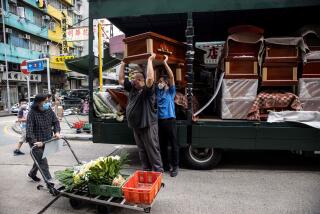‘A mess in America’: Why Asia now looks safer than the U.S. in the coronavirus crisis
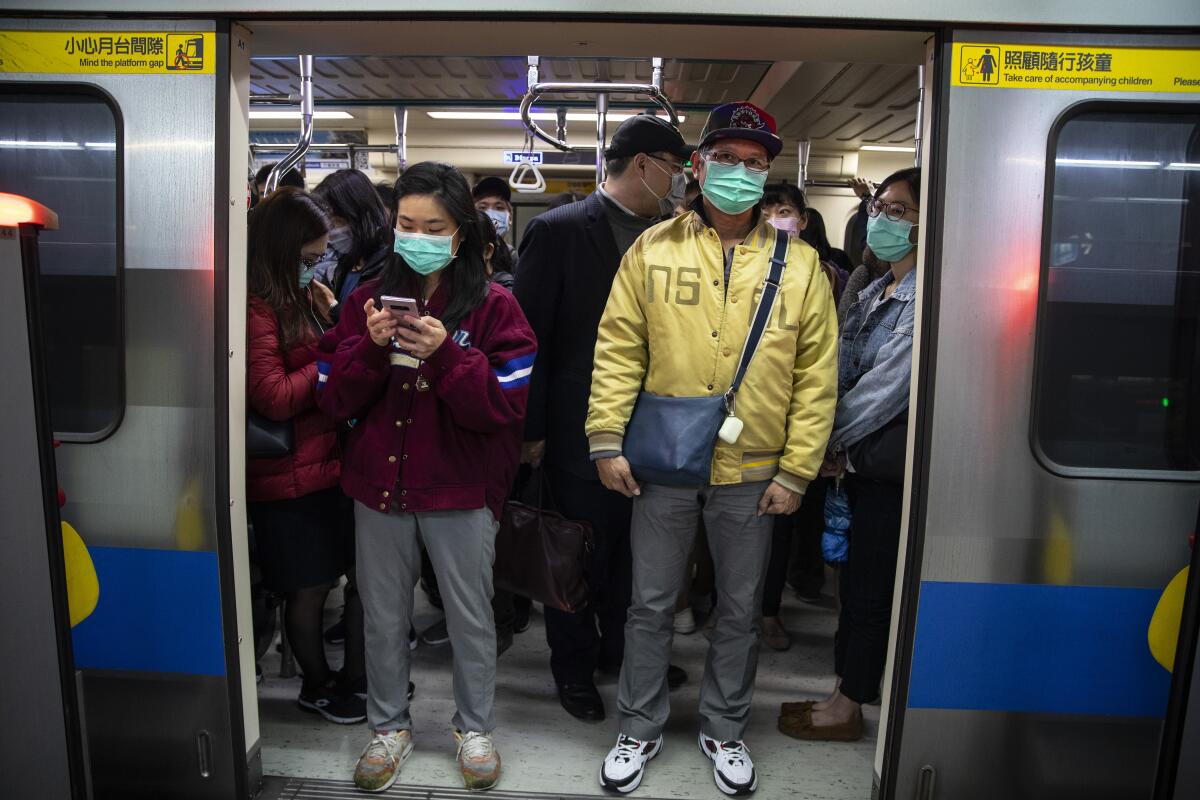
SINGAPORE — In January, as Singapore racked up the highest numbers of coronavirus infections outside China, an alarmed Shasta Grant searched for flights back home to Indianapolis.
The 44-year-old American writer, who moved to this island city-state with her family eight years ago, worried that their adopted home would be ravaged again by a runaway disease and that the school where her husband teaches and their 12-year-old son studies would be closed. She feared food shortages, overwhelmed hospitals and travel bans.
But her husband persuaded her not to flee. Two months later, Singapore and other Asian nations have largely corralled their outbreaks; meanwhile, the virus roars across North America and Europe, leaving Grant dumbstruck by how quickly the U.S. went from a distant spectator of the epidemic to one of its primary victims.
“It feels very strange to say that I feel safer here than in my home country,” Grant said. “That sinking feeling that it was really going to get awful, that we were all going to get infected, that just didn’t happen. Things never really got bad in Singapore, and obviously they’re a mess in America.”
In Asian countries that initially faced the gravest risk from the coronavirus, the shambolic U.S. response to the pandemic has elicited confusion, horror and even a measure of pity. Suddenly, it seems, the U.S. is the basket case, an aloof, inward-looking power that had already weakened its alliances and failed to lead on global emergencies such as climate change, and now was shrinking in a crisis.
The U.S. was quick to restrict travel from China in the early weeks of the outbreak; now travelers from the U.S. and other Western countries are exporting a “second wave” of infections to China, Hong Kong and Singapore. President Trump, who once said the virus would disappear “like a miracle,” has watched it explode in California, Washington state and New York while vigilant testing and contact tracing brought it under control in Taiwan and South Korea.
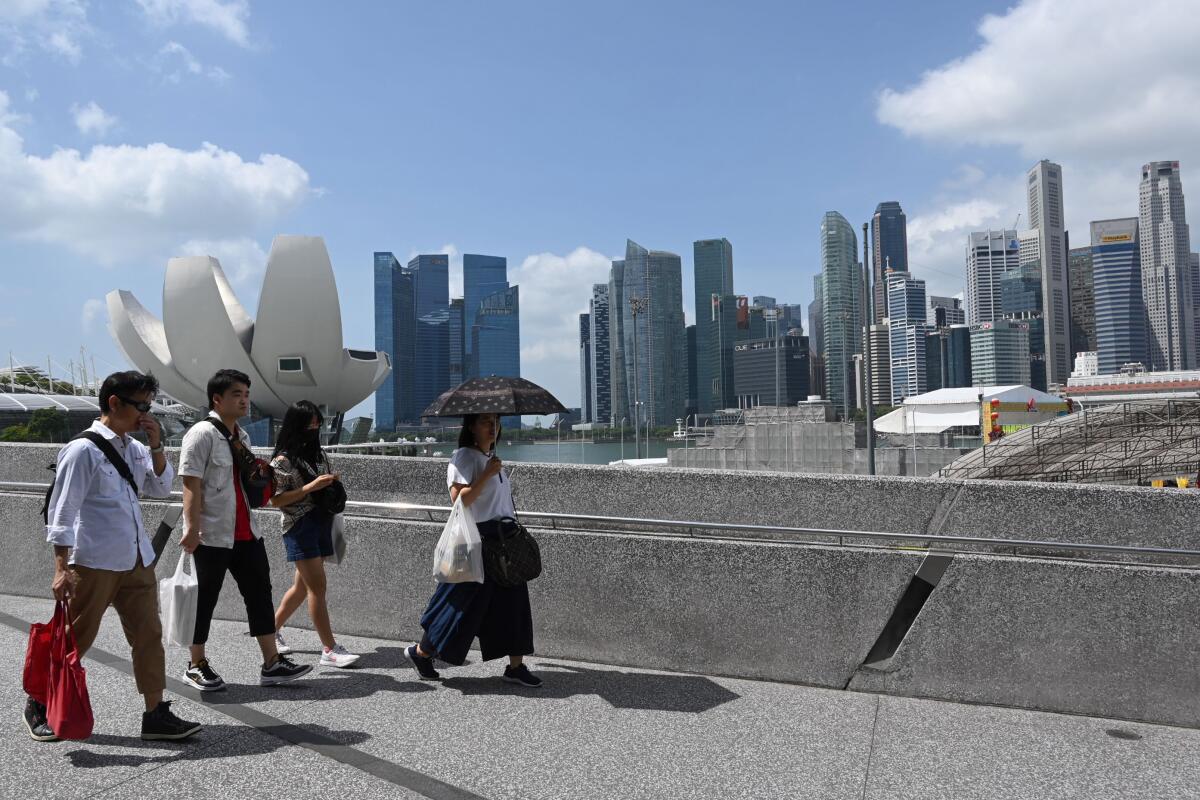
As commercial shutdowns and shelter-in-place orders grind life to a halt in the United States’ biggest cities, restaurants, bars, shopping malls and subway trains have operated virtually without interruption in Singapore and Taipei, Taiwan — the occasional mask and thermometer gun the only obvious signs of a pandemic. Emerging outbreaks in India and Indonesia, huge populations where little testing has been done, now worry experts more than China and its immediate surroundings.
Though the number of confirmed infections in the U.S. now exceeds 43,900, health experts warn that many more coronavirus cases are going unrecorded because of a scarcity of tests. Hospitals nationwide lack enough ventilators, beds and medication to treat an expected onslaught of critically ill patients.
Hervé Lemahieu, an Asia expert at the Lowy Institute, an Australian think tank, drew comparisons to Hurricane Katrina, another calamitous emergency response that laid bare the cracks in the U.S. political system and the widening inequities in American society.
“That was the first time that the world saw images broadcast from the U.S. that resembled those of a developing country, and that’s something that for most of us was surprising,” Lemahieu said. “These kinds of moments have a psychological impact on the way the U.S. is perceived abroad.”
They are having a financial impact, too, as fears of a prolonged U.S. slump drag down Asian stock markets, threatening to plunge some of the world’s fastest-growing economies into recession.
“This stock market fall is serious,” said Freddy Lim, a legislator in Taiwan, where the stock exchange has lost 20% of its value over the last month. “So we hope the U.S. will get this under control as soon as possible.”
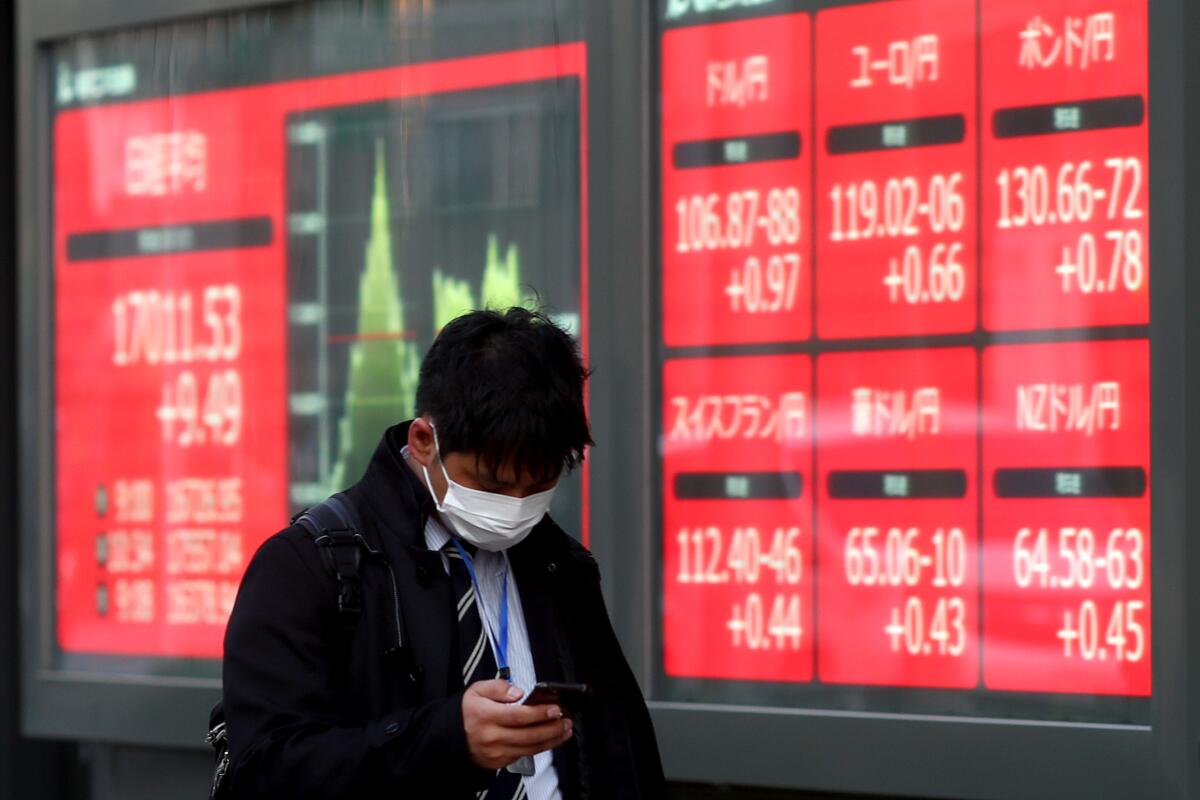
That the U.S. would look riskier in a pandemic than parts of Asia would have been unthinkable not long ago.
In 2002 and 2003, an outbreak of severe acute respiratory syndrome, or SARS, killed almost 800 people — nearly all in China, Hong Kong, Taiwan and Singapore — and erased an estimated $40 billion from the global economy. Aggressive public health measures helped stop the disease before it spread in the U.S., while chastened leaders in China and Singapore pledged to invest in health infrastructure and epidemic surveillance.
Although China initially concealed the extent of this coronavirus outbreak — as it did with SARS — the Communist Party swiftly blanketed the epicenter of the virus, Hubei province, in a draconian lockdown that the World Health Organization praised as “extraordinary” in slowing the virus.
Through a mixture of strict quarantining, contact tracing, temperature checks and diligent testing, Singapore, South Korea, Taiwan and Hong Kong also bought time for other governments to prepare.
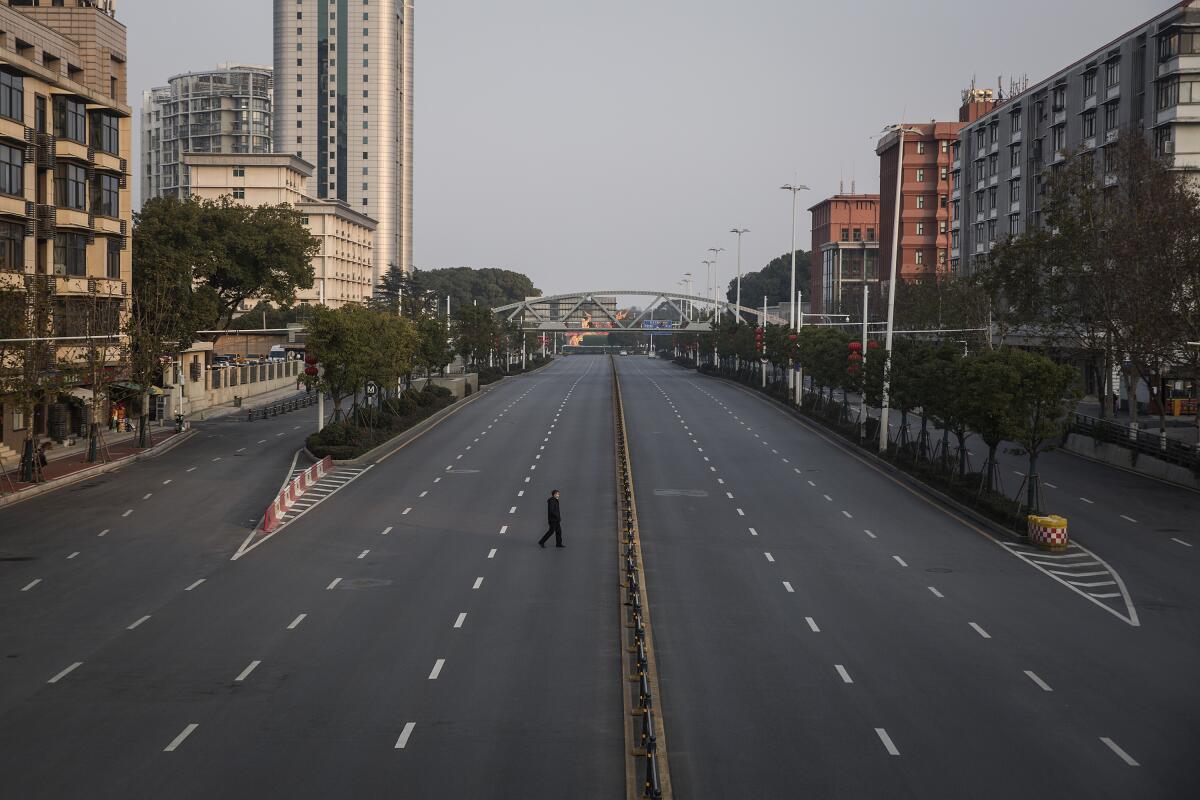
Health officials say the U.S. and other Western governments failed to anticipate the coronavirus reaching their shores.
“Just because Singapore or Hong Kong experienced SARS while other places didn’t, there’s still lessons to be learned,” said Dale Fisher, a Singapore-based expert on infectious disease who traveled to China last month as part of a WHO-led mission. “You don’t have to be in a car accident to know that car accidents happen. I’m saddened that the world couldn’t use that lead time to prepare better.”
Others were blunter.
“Trump was saying this virus is no big deal, and now suddenly he’s changed his tune,” said PN Balji, a veteran Singaporean journalist and commentator. “It shows a callous disregard for your own citizens — and, to a certain extent, the world.”
Taiwan, less than 90 miles from the Chinese mainland and visited by as many as 2,000 Chinese tourists daily, had recorded 195 infections as of Friday — or roughly 1 in every 120,000 people, among the lowest rates of any of the more than 170 countries affected by the virus.
Compare that with the U.S., where 1 in 7,500 Americans has tested positive for the virus, add universal healthcare, and it’s easy to see why Taiwan’s president, Tsai Ing-wen, urged her citizens this week to “stay in Taiwan” because it was safer than traveling overseas.
“Taiwan has a very robust health system,” said ruling party lawmaker Lo Chih-cheng. “This is one area where I think the U.S. can learn from Taiwan.”
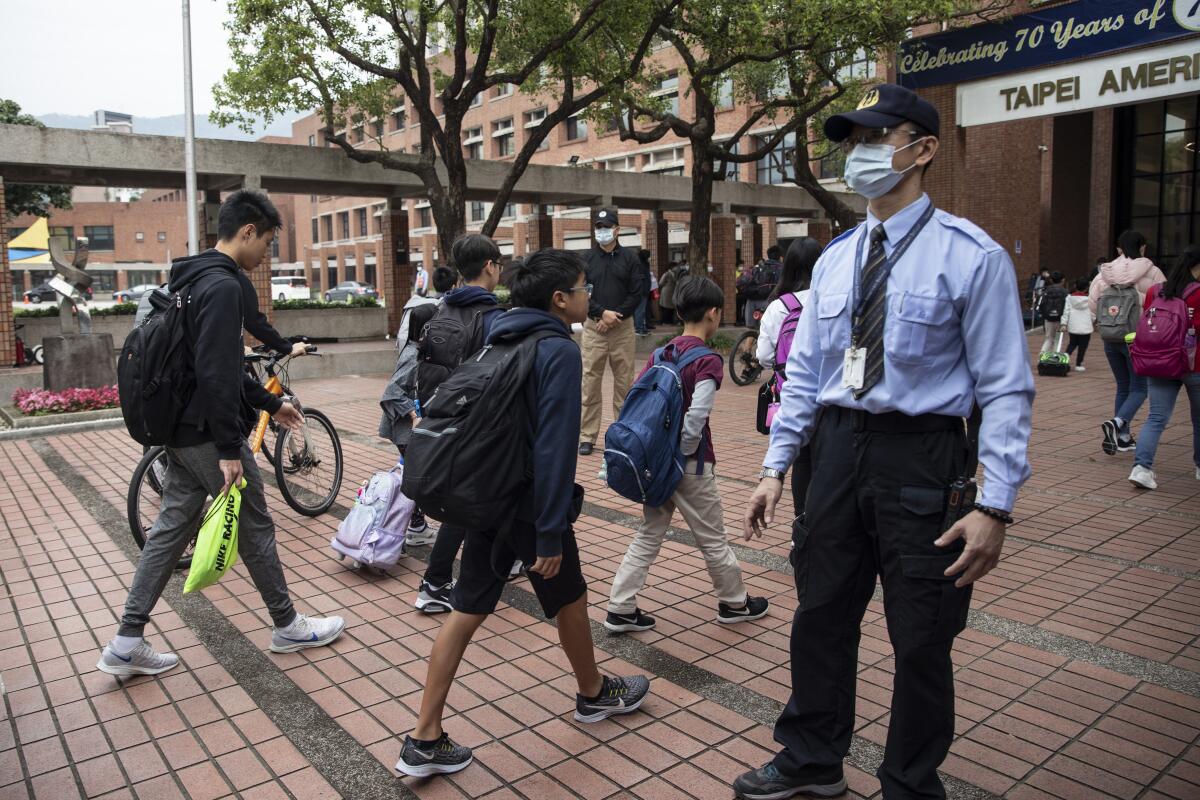
Sean Kramer, a 32-year-old from the Seattle area who teaches at a junior high school in Taiwan, said friends and relatives messaged him in January to ask whether he’d be safe there. For a while, he considered flying home.
But then he watched the numbers of infections in China skyrocket while those in Taiwan stayed flat. He saw people on the street instinctively don masks, the Taiwanese administration roll out a succession of helpful messages and authorities quickly decide to extend Lunar New Year holidays for three extra weeks in February.
All the steps that appeared to Kramer like overreactions seemed to keep a lid on the epidemic. As the virus spreads across his home state, he tries to do his part for his family by logging on to Amazon from Taipei to buy masks and hand sanitizer for his sister in suburban Seattle.
“We never got the whole lockdown status, so seeing everyone react at home now, I can’t relate to their emotions or their fear,” Kramer said. “That’s the scary part for me as an American.”
The U.S. stumbles have also thrown a lifeline to Chinese President Xi Jinping, who was facing a rare spasm of dissent at home following his government’s initial attempts to paper over the outbreak in Wuhan, the capital of Hubei.
As the total number of infections for the rest of the world has soared past those in China, Beijing has gone on a diplomatic and humanitarian offensive, pledging masks and medical equipment to dozens of countries — including the U.S. — in a bid to regain its global standing. Last week, Chinese billionaire Jack Ma sent a shipment of 1 million masks and 500,000 coronavirus test kits to “our friends in America.”
Such moves — and Trump’s repeated references to the “Chinese virus” — highlight how the outbreak has become yet another arena of competition between the two leading global powers. Both countries appear to be covering up their mishandling of the crisis, said Lemahieu of the Lowy Institute, who called the war of words “pathetic and unappealing on both sides.”
Yet many Asian leaders retain faith that the U.S. will get a handle on its outbreak once social distancing orders and ramped-up health measures take hold, allowing it to resume a position of leadership in the global response.
“The United States has got enormous resources at its disposal,” Singaporean Foreign Affairs Minister Vivian Balakrishnan told CNBC last week. “It’s a matter of getting it organized and getting it delivered. So let’s wait and see. You know, I would never count the Americans out.”
Special correspondent Ralph Jennings in Taipei contributed to this report.
More to Read
Sign up for Essential California
The most important California stories and recommendations in your inbox every morning.
You may occasionally receive promotional content from the Los Angeles Times.

